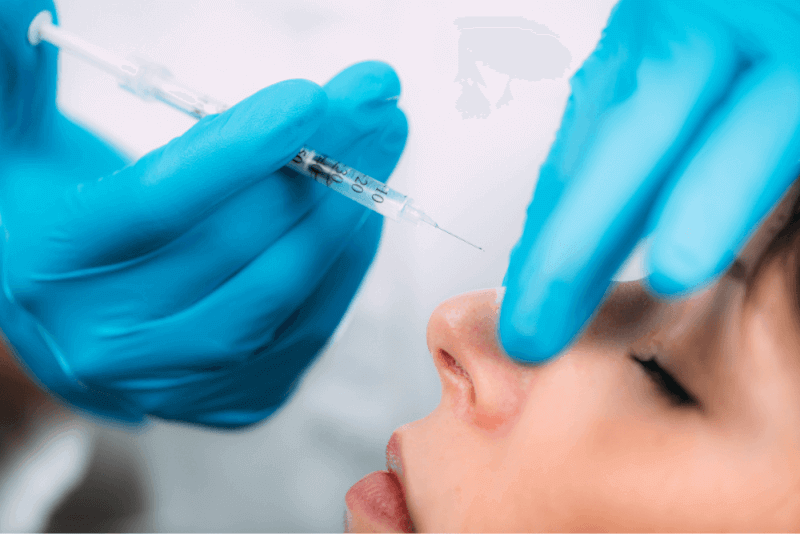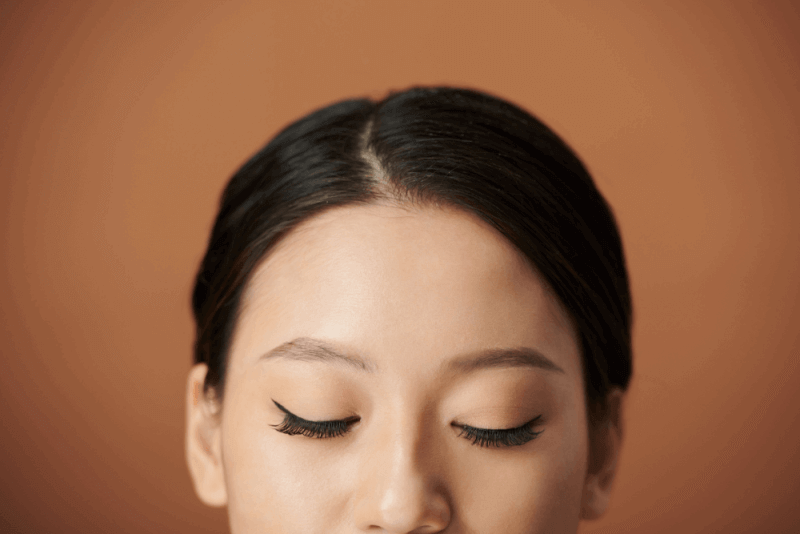What is Nose Filler?
Nose filler, also known as non-surgical rhinoplasty, is a cosmetic procedure that temporarily alters the shape of the nose using dermal filler materials. It offers an easy alternative for those who do not wish to undergo traditional rhinoplasty surgery. Experts complete the treatment in a single clinic visit, and the results typically last for about six months.
Can Nose Filler Achieve the Same Results as Rhinoplasty?
Compared to traditional rhinoplasty, nose filler has some limitations. For example, it cannot reduce the size of the nose, and the results last only about six months. However, dermal fillers can temporarily correct bumps and change certain features.
Nose filler is suitable for individuals in the following cases:
- Adding volume to the nose
- Lifting the tip of the nose
- Correcting nasal bumps
- Camouflaging a bump on the bridge of the nose
- Correcting slight asymmetries
Additionally, nose filler is an excellent way to make small changes to the nose and see how these changes might look. However, for those expecting dramatic and long-lasting changes, the most suitable method is traditional rhinoplasty.
Risks of Nose Filler
Since the nose is a sensitive area, nose filler can lead to some complications. The primary risk is due to the proximity of the nose to the eyes, where dermal filler is applied. Because this area is rich in blood vessels, complications may arise.
To prevent these issues, it is essential to work with specialized practitioners. The following risks of nose filler should be minimized by having the procedure performed by a licensed and experienced plastic surgeon.
- Fever
- Blurred vision
- Redness and swelling
- Vascular complications
- Tissue necrosis
- Vision impairment
How Long Does Nose Filler Last?
The results of nose filler typically last around six months, but depending on the type of dermal filler used, the results can last longer.
How is Nose Filler Applied?
Before deciding on nose filler, you should discuss the changes you want with your doctor, and photos of your nose may be taken to help plan the treatment. Some individuals may not be suitable candidates for nose filler, and it is important to determine this before the procedure.
The dermal fillers used in nose filler are injected just beneath the skin and contain gel-like substances such as hyaluronic acid, which adds volume. A topical anesthetic may be applied to numb the skin before the procedure.
Then, the dermal filler is injected into the targeted areas. In some cases, specialists may use Botox instead of filler materials. It is normal to feel slight pressure or pinching during the procedure. The process typically takes 45 minutes or less.
What Are the Side Effects of Nose Filler?
After a nose filler procedure, minor side effects such as redness and tenderness are common and usually resolve on their own within a day or two. Other potential side effects include:
- Swelling
- Bruising
- Nausea
- Migration of filler material to another area
Is There an Age Limit for Nose Filler?
To get a nose filler, you must be over 18 years old. There is no upper age limit for the procedure.
What to Consider After Nose Filler?
It is normal to experience some swelling and bruising after nose filler. However, if the condition worsens, it is important to consult a specialist as soon as possible.
If you want the swelling or redness to subside more quickly, you can use cold compresses. Additionally, painkillers and topical creams can help alleviate discomfort. Other considerations after nose filler include:
- Avoid applying makeup or topical skincare products to the area for the first 24 hours after the procedure.
- Refrain from strenuous exercise for 48 hours after the procedure to prevent worsening of bruising.
- Avoid excessive sun exposure, saunas, and hot yoga classes for two weeks after the procedure.
- Blood-thinning medications such as aspirin can increase bruising and prolong the healing process.
- Avoid massaging the nose, as this can alter the shape of the filler.
- Do not wear medical or sunglasses for at least three months after nose filler. If wearing glasses is necessary, wait at least 48 hours before wearing them again and ensure the glasses do not press on the nose.







